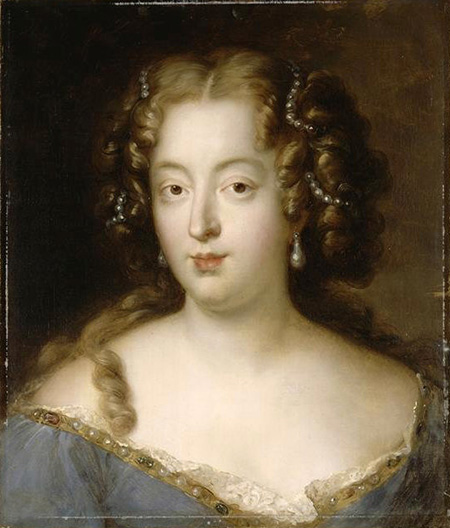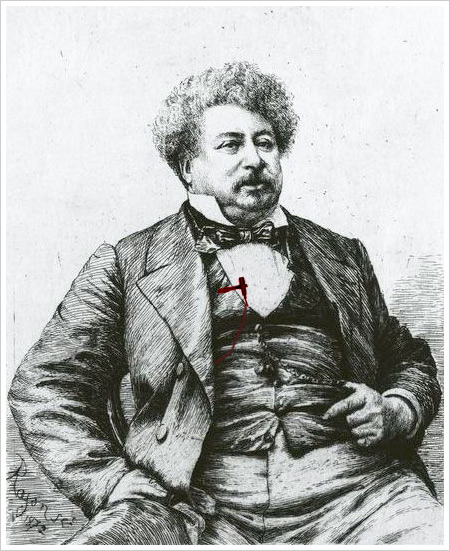Marking time in October 2014
Etymology of a microphone
As I was reading about the technicalities of sound recording, I wondered where the lavalier microphone got its name—(a lavalier is the little microphone you sometimes see clipped to peoples’ shirts when they are interviewed on TV). I did some digging and here’s what I found.

The word lavalier comes from the name of a mistress of King Louis XIV of France, Louise de La Vallière (1644-1710). She is remembered for her style and her piety—after having four children with the king she left the court in 1674 and spent the rest of her life as a Carmelite nun.

Alexandre Dumas (1802-1870), who knew a thing or two about mistresses, fictionalised the duchess in Louise de la Vallière, the second part of his 1847 three-part novel The Vicomte de Bragelonne—a story of action, intrigue, romance and skulduggery in the court of Louis XIV. Perhaps, through the popularity of this sequel to The Three Musketeers, the name Lavallière came to signify high-class style with a dash of danger.

The name La Vallière crossed over into English in the late nineteenth century. The Oxford English Dictionary records these moments of adoption and transformation:
1873—in an English women’s magazine, about a hat—White chip Lavalliere Hat. The crown is moderately high, with a rather broad brim, turned up in front and down at the back.
1916—in a Canadian newspaper, about a necklace—Our stock of moderately priced Necklets, Pendants and La Valieres is most attractive.
1942—in an English literary journal, about a man’s neck tie—His collar and ready-made tie (a lavallière).
1972—in an American book about word origins—Today the small television microphone that hangs on a cord from the neck is also called a ‘lavaliere’, taking its name from the pendant necklace.

Gough 1916-2014
I met him just once, and heard him speak several times, and feel the expected sadness at his passing. Many of his accomplishments made a direct difference to me, to say nothing of their effect on so many other people.

James Semple Kerr 1932-2014
Dr James Semple Kerr died on Wednesday. Today I have spent a little time with the biography he wrote of Joan, his wife and partner. It was a pleasure to read it again—sad, but still a pleasure because it is so imbued with Jim’s wry observation and clarity of thought. I can hear his voice as I read it.
